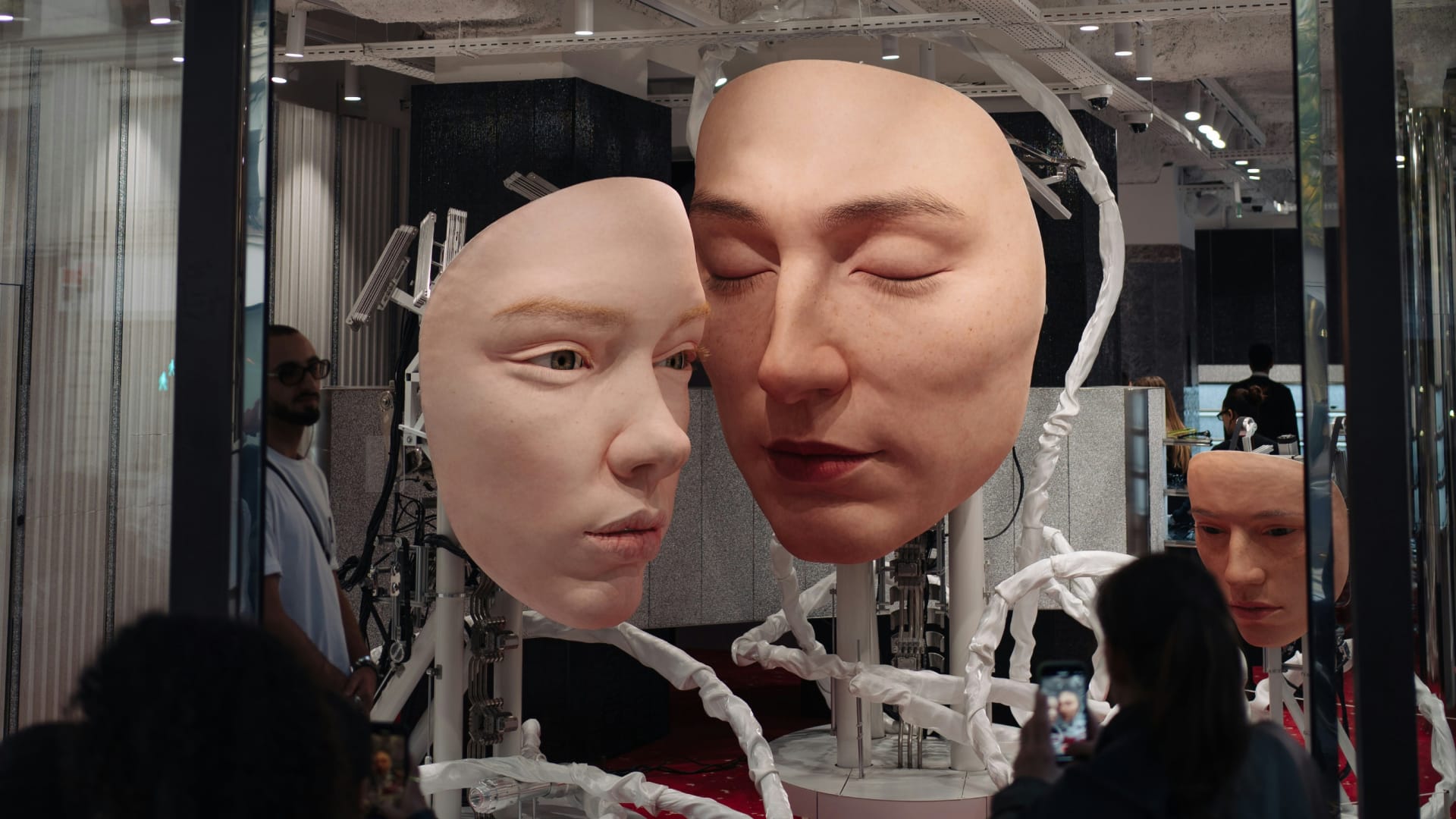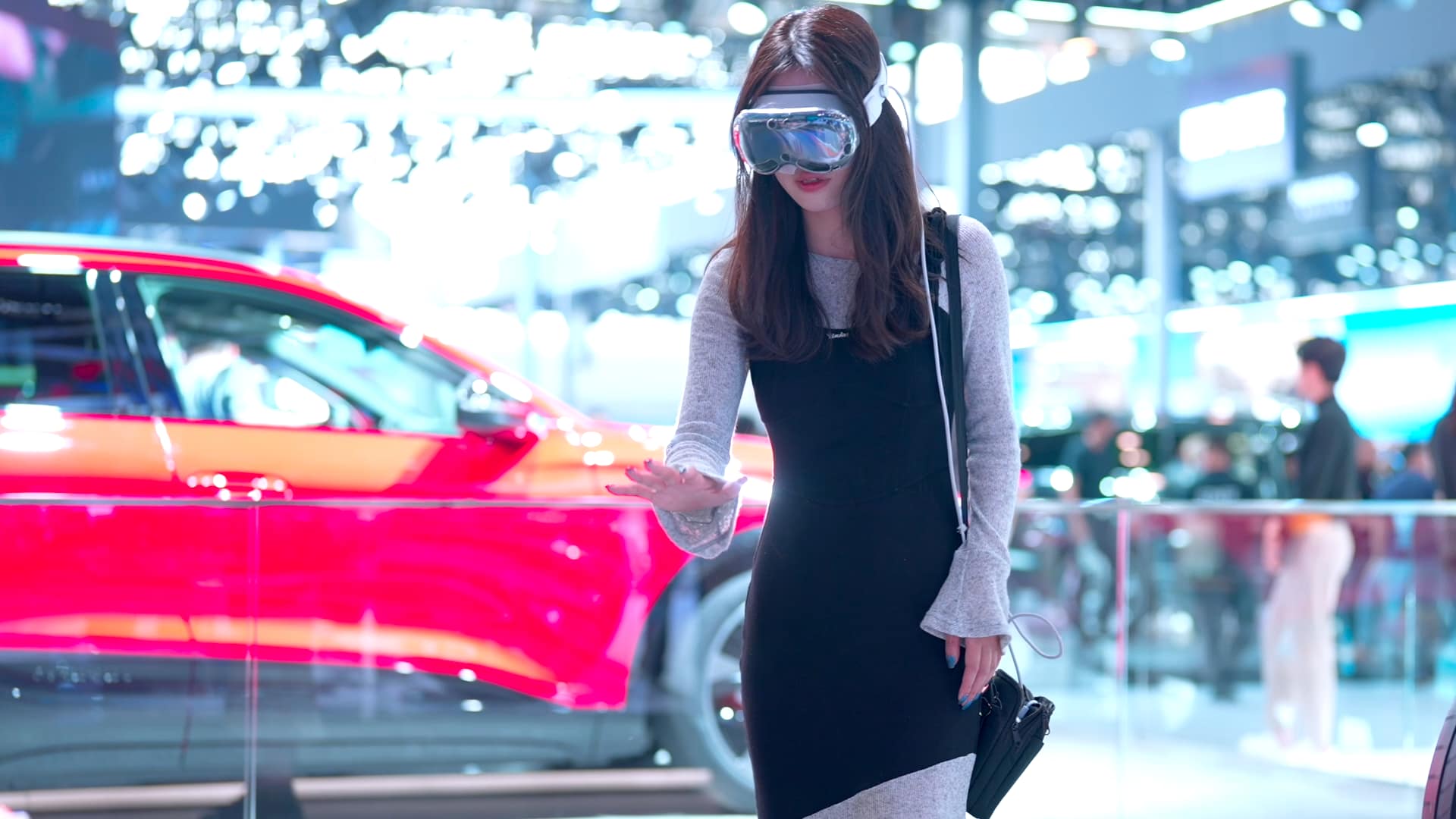
Experiential marketing has traditionally been typecast as constrained by physical space and time – good for deep, in-person engagement with smaller audience groups, not for mass reach and engagement. As a result, it is under-measured and underleveraged, leading to:
- Difficult to measure moments that happen in-person
- No joined-up method for measuring their at-scale reach and engagement through social and traditional media
The result of this is an experience that’s designed with a lack of ambition and creative ideas that don’t work hard enough.
Our framework for designing effective experiences
Our framework considers the full potential of experiences to create value for brands both in the long term (reputation) and the short (conversion). Our suite of tools enable like-for-like comparison of experiences with all other activities in the marketing mix. Together, they help marketing managers to make smart choices on where to invest, and help creatives to design experiences for maximum impact – depth and reach, long and short term.
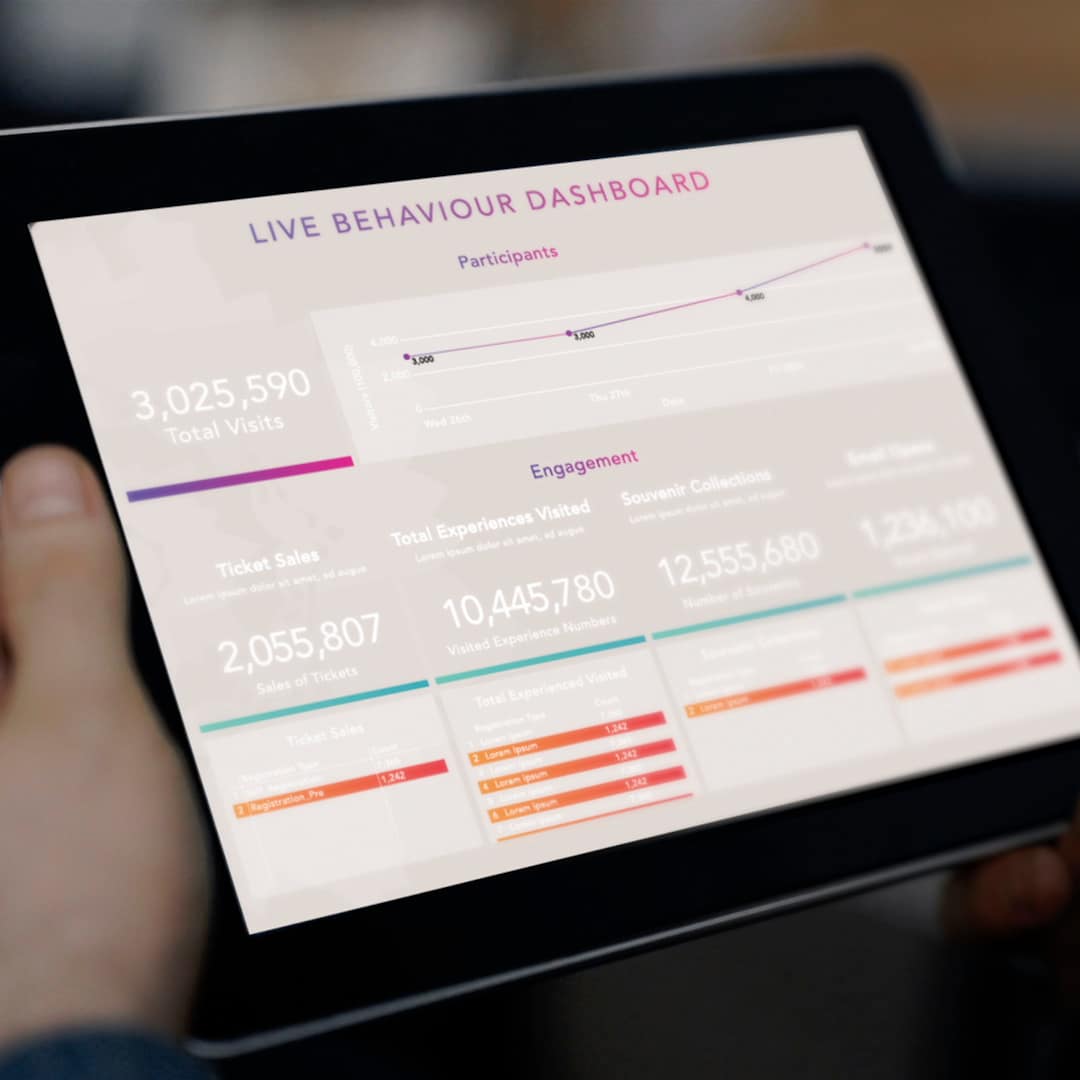



Experiences work because they’re the closest point of contact between people and brands
They can engage people on both an emotional and rational level, making them a highly effective tool in both long-term brand building and short-term conversion:
- Emotional – creating visceral responses and lifelong memories, making the brand part of their personal story and identity, especially powerful for long-term brand building
- Rational – offering demonstrable, real-world, ‘seeing is believing’ proof of brand promise and product benefit – especially powerful for short term conversion
However, the thing that makes them powerful also makes them hard to measure. Experiences should be personal and dispersed, happening in less controlled channels and spaces and shared in less trackable ways. All of this makes it harder to recognise and measure the impact that they have both in deep in-person engagements and in broader reach-driving channels.
As a result, there is historically a lack of comparable measurement and correlation to business outcomes when it comes to experiences.
A good place to start is the accepted convention of measuring both long-term and short-term gains. This framework, created using 10 years of effectiveness data has homed in on the role of these short and long term effects of marketing and comms – and how to strike a balance between them. In brief, brand-building creates value in the long term, but has lower short term returns and continuous short-term conversion effects do not add up to long term brand effects.
We apply this to experiences by using data analytics on a mix of existing and new data capture techniques. By identifying the data that can pinpoint both the long-term and short-term effects of experiences, we can enable a like-for-like comparison of returns and effectiveness from experiences against other marketing channels.
Metric 1: audience sentiment – tracking long term brand value
The deeply personal emotional engagement of experiences in particular is a key driver of sentiment and long term brand building. While ultimately this impact must be measured over a period of time, we use the following metrics to track emotional engagement after each Experience that we create
- Engaged minutes – a measure of depth, proven correlation with positive sentiment
- Net Promoter Score
- Qual surveys against association and values
Metric 2: audience behaviour – tracking short term conversion
We know that experiences can directly drive immediate behaviours at different points in the funnel, helping to shift customers towards the purchase and beyond. Depending on the specific objectives, the metrics themselves will vary, but metrics that we regularly use to track behaviour include:
- Dwell time
- Social shares
- Content views and completions
- Conversion to leads
- Conversion to sales
- Customer reactivation
Metric 3: audience reach – the multiplier effect
The added power of experiences is their ability to reach people in person and through the halo effect of paid media, PR, influencers and user-generated content at the experience. Whilst one step removed from a direct experience, content generated from an experience can be an equally powerful driver of rational and emotional engagement, due to its highly personal, authentic qualities. Like any other campaign or activation, we track reach across all channels against standard metrics, including
- Footfall
- Unique users
- Media reach
- Social reach
Sentiment, behaviour, reach and proven results
By measuring both brand engagement and behavioural results from hundreds of experiences over the past ten years, using our live experience platform XPKit, we have identified the three main ways brand owners have used experiences to deliver results.
- Sentiment: deepening brand advocacy
- Behaviour: direct commercial returns
- Reach: growing brand audiences
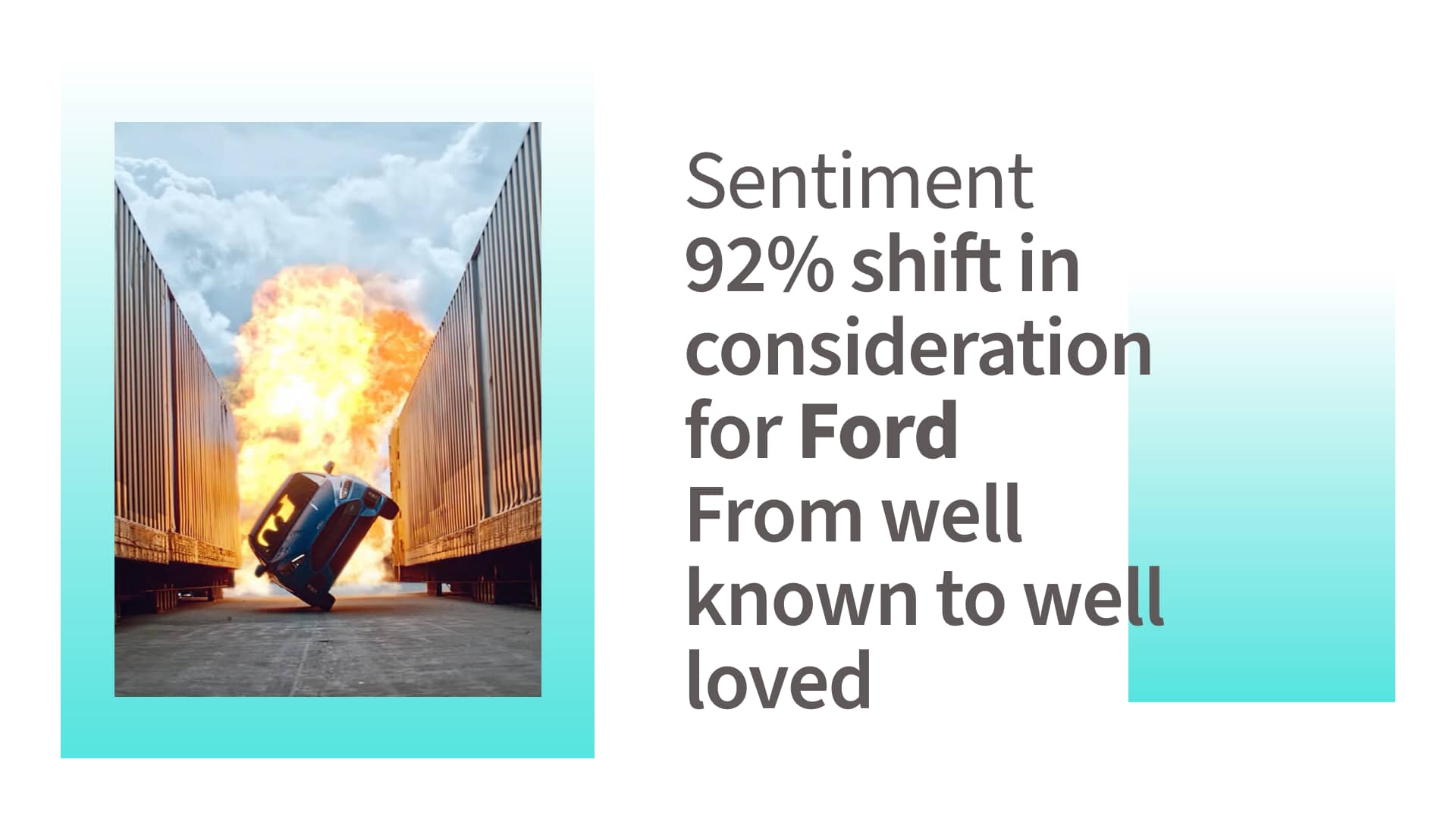

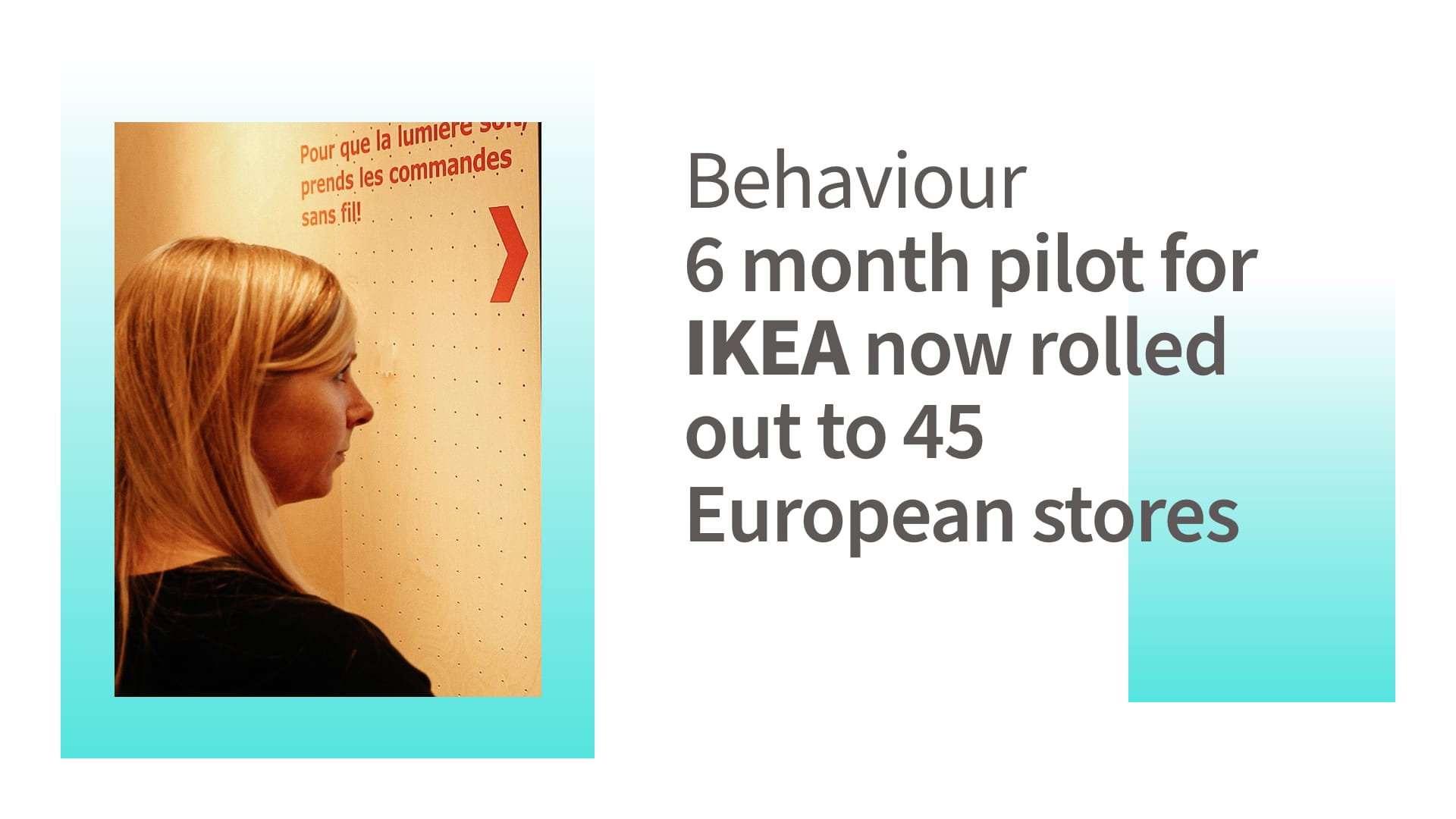

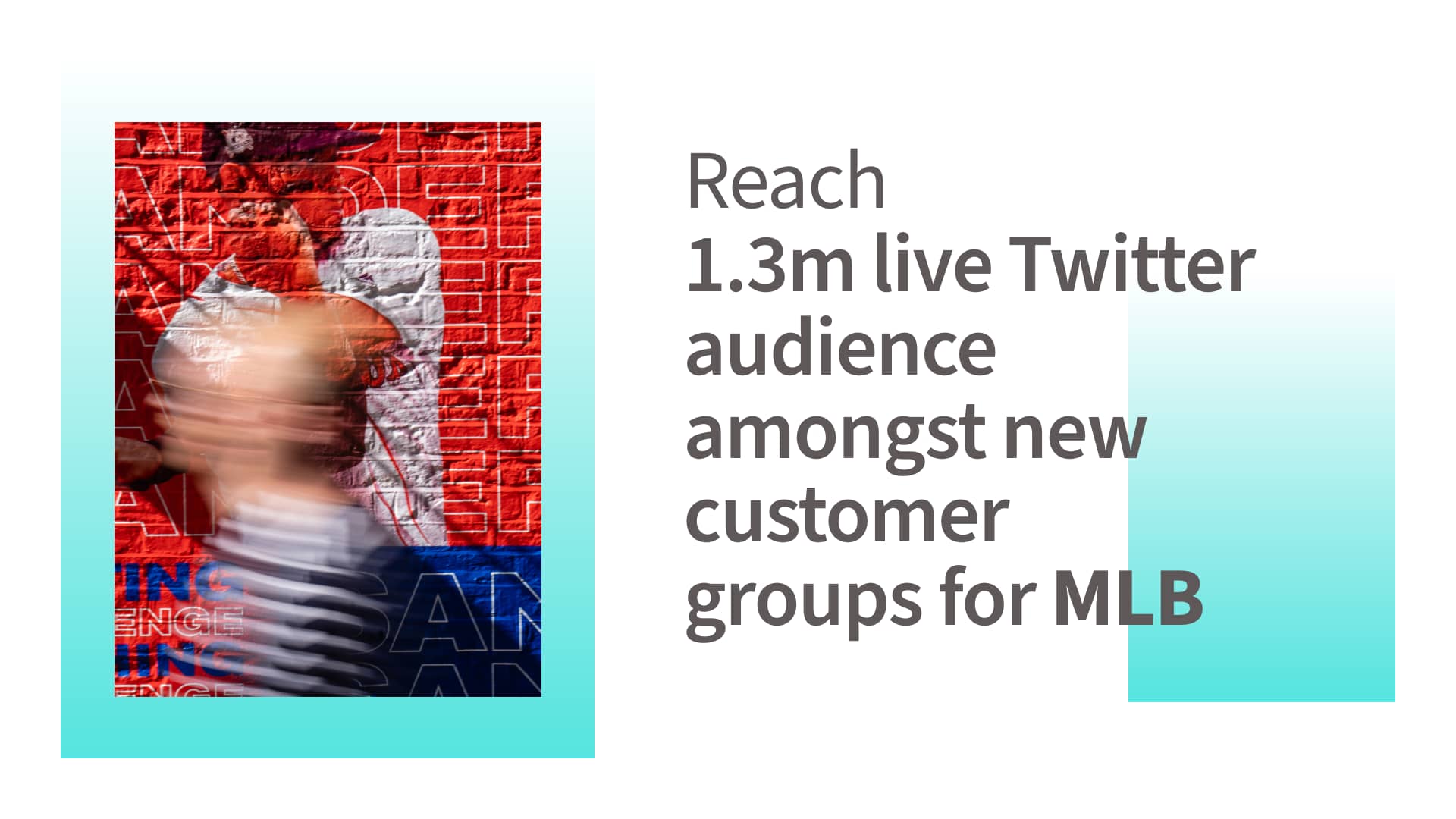

Better measurement leads to better ideas and more effective experiences
Having a clearer picture of how experiences could and should create value for a brand means that brand managers and agencies can be more strategic in where to apply creativity for the greatest effect.
If you’re ready to take the next step consider building some or all of the following principles into your next brief. We use our measurement model to design experience touchpoints in a strategic way that targets depth and reach, the right emotional engagement and rational conversion, at a level of investment appropriate to a brand owner’s long and short-term objectives.
The result of this are experiences that are built on big brand ideas, peppered with emotional ‘peak moments’ and rational conversion moments – and a feedback loop of rich data and insight.
- Consider both the direct attendees and the online/media audience as primary audiences
- Design for social participation, rather than just amplification
- Involve influencers in the creative process to get the most from them and their audience
- Design to be a media moment in its own right
- Create a compelling value exchange for customers’ primary data – so that the more they give, the better it gets
- Think creatively about how well-chosen partnerships can extend the experience into more channels, and bring you closer to your target audience


